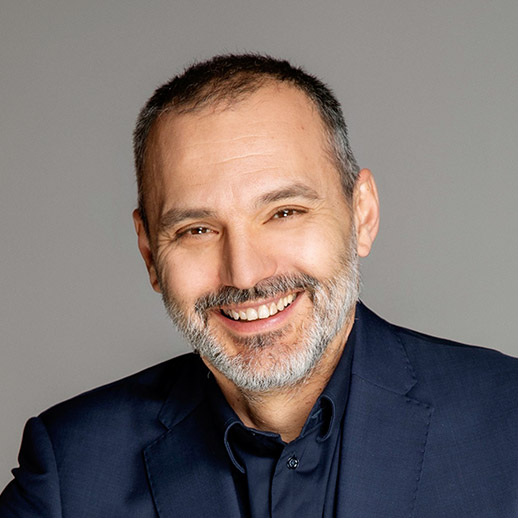Zoran Radisavljević
In the age of social media, where information spreads faster than ever, it's easy to fall under the influence of fake news that seems too good to be true—but can you always trust your own eyes?


Zoran Radisavljević
Partner
Imagine this: you open your favorite social media platform, and there it is—a headline that looks like it came straight out of a movie. "Aliens Discovered in Hollywood!" or "Scientists Uncover the Secret to Eternal Life!" And if there's a picture attached... who could resist such news?
The one good thing about this is that if a bad story, photo, or video about you ever surfaces, you can always blame it on clever editing.
In today's world, the proliferation of fake information, or as we often call it, 'fake news,' has escalated into a concerning trend. In the internet and social media age, news spreads faster than ever, which means false or misleading information can easily spread too, often without being questioned.
Fake news comes in various forms—from articles to photos and videos. They often use catchy, sensational headlines to grab attention, and the content may be partially true or completely made up. Sometimes, they're based on real events but are presented in a distorted way. The goal is usually to provoke a reaction—laughter, anger, or fear.
Social media plays a significant role in spreading fake information. When something goes viral, its accuracy often isn't checked. Many people share content without thinking, simply because they like it or it sparks an emotion. For example, stories about scandals or unusual events spread far quicker than everyday news. But we must remember, fake news can have real, damaging consequences. During elections, false information about candidates can influence people's opinions and ultimately how they vote. And when fake news involves serious issues like diseases or natural disasters, the consequences can be even more severe, potentially putting lives at risk.
Thankfully, there are ways to fight fake news. Many media outlets now have fact-checking teams that analyze news and provide accurate information. Some tools help us verify the source of information before sharing it.
But it's also crucial for us, as individuals, to take responsibility. Learning how to think critically about the information we consume can help us recognize fake news. This involves checking sources, understanding context, and identifying emotional triggers that might lead us to share something untrue. Each of us has the power to combat fake information, and it's a collective effort. In a world where information is available at every turn, it's important to be mindful of what we share and how it can affect others. Education and awareness are key to building an informed society capable of tackling the challenges of the digital age.
In the end, fake news is like a bad joke—sometimes it makes us laugh, but it often creates real confusion. So, the next time you come across something that seems too good to be true, take a moment to double-check. Our ability to distinguish between truth and lies can make the world a better place for all of us!